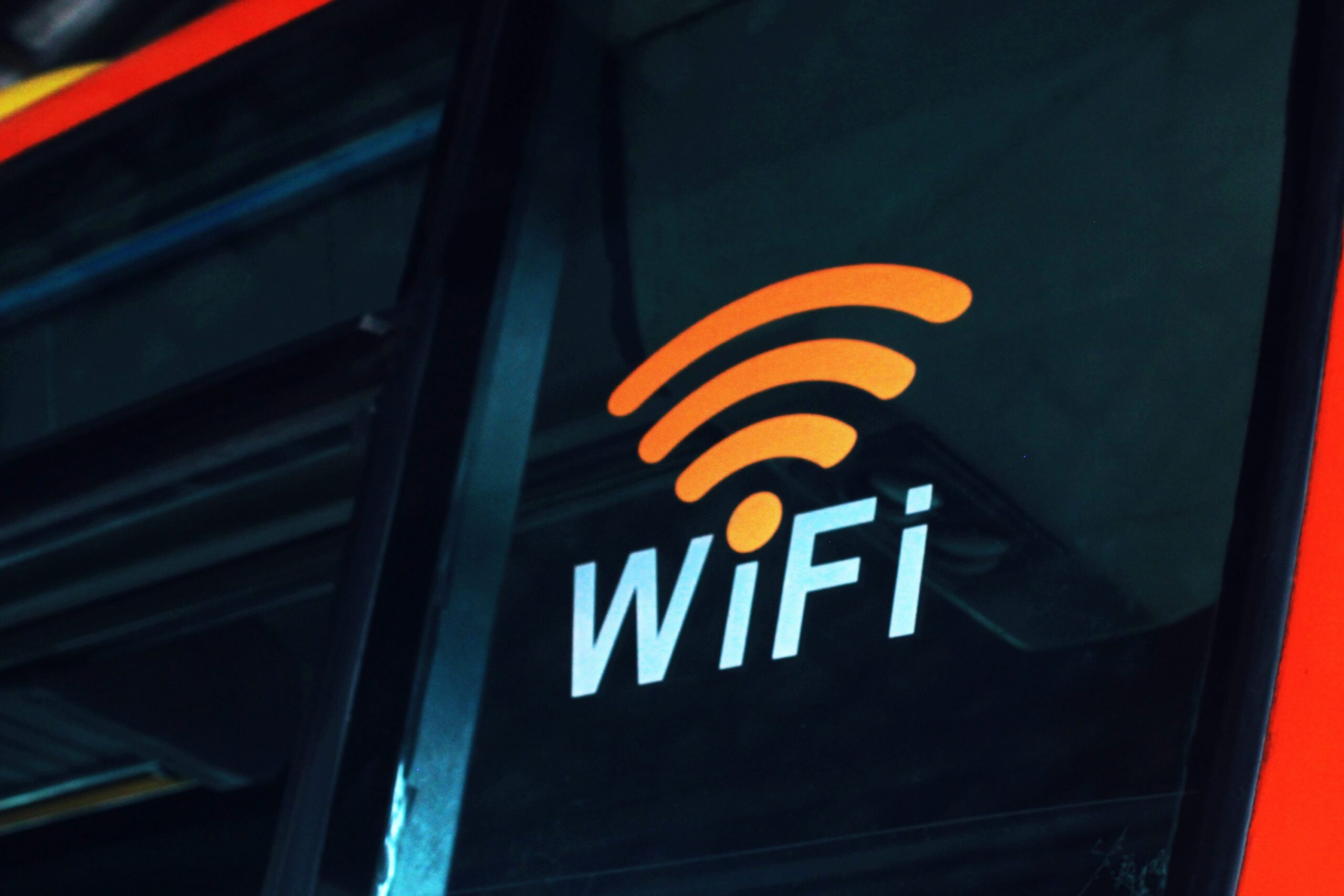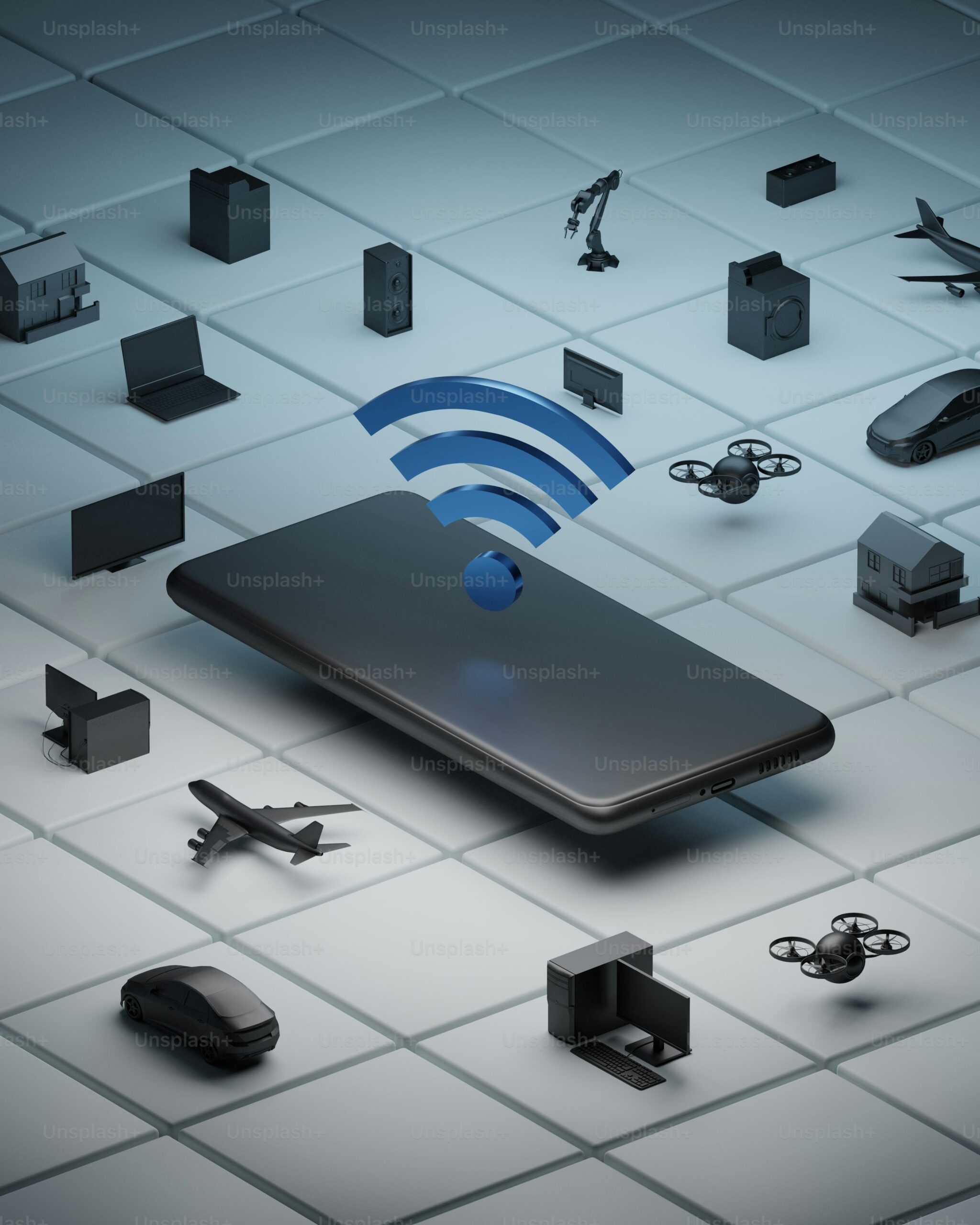Public Wi-Fi is everywhere—cafes, airports, hotels, and even parks. It’s convenient, fast, and free. But while free Wi-Fi sounds great, it can also be a trap for cybercriminals. If you’re not careful, your personal data like passwords, photos, or bank details could be at risk. Don’t worry — staying safe on public Wi-Fi is simple once you know the right steps.
📶 What Is Public Wi-Fi?
Public Wi-Fi is an open internet connection offered by businesses, organizations, or public places. It allows anyone nearby to connect without a personal password.
While this convenience helps people stay connected, it also attracts hackers who exploit these networks to steal sensitive information.
⚠️ Why Public Wi-Fi Can Be Dangerous
When you connect to a public Wi-Fi network, your data travels through shared airwaves. Hackers can use techniques like:
- Man-in-the-Middle (MITM) Attacks – Intercepting data between you and the network.
- Fake Hotspots – Setting up networks with names like “Free_WiFi_Cafe” to trick users.
- Packet Sniffing – Capturing data packets that include your login credentials.
- Malware Injection – Installing malicious software on your device.
These threats can expose your personal details, financial accounts, or even give hackers control over your device.
✅ 10 Tips to Stay Safe on Public Wi-Fi
1. Avoid Accessing Sensitive Accounts
Never log in to online banking or enter credit card details on public Wi-Fi. Wait until you’re on a secure home or mobile network.
2. Use a VPN (Virtual Private Network)
A VPN encrypts your internet traffic, hiding your online activity from hackers. Free or paid VPNs like ProtonVPN, NordVPN, or ExpressVPN are great options.
3. Enable Two-Factor Authentication (2FA)
Even if your password is stolen, 2FA adds an extra layer of security. Use apps like Google Authenticator or Microsoft Authenticator.
4. Forget the Network After Use
Once you disconnect, go to your device’s Wi-Fi settings and choose “Forget This Network.” This prevents auto-reconnection in the future.
5. Use HTTPS Websites Only
When browsing, look for “HTTPS” in the website URL. The “S” means the site encrypts data between you and the server.
6. Turn Off File Sharing & AirDrop
Disable features like file sharing, Bluetooth, and AirDrop when on public Wi-Fi to stop strangers from connecting to your device.
7. Use Your Mobile Hotspot Instead
If you need to check sensitive information, turn on your smartphone’s personal hotspot. It’s far more secure than a public network.
8. Install Antivirus Software
Good antivirus software like Bitdefender, Kaspersky, or Avast can block malware and warn you about dangerous connections.
9. Keep Your System Updated
Always install the latest OS and app updates. Many updates fix security vulnerabilities that hackers could exploit.
10. Avoid Public Wi-Fi for Work
If you’re handling office files or confidential data, avoid using public Wi-Fi. Use your company’s VPN or mobile hotspot instead.
🧠 Pro Tip: Combine Security Layers
Using just one method isn’t enough. Combine multiple protection layers:
- VPN + HTTPS + 2FA = Strong defense
- Updated OS + Antivirus = Safer browsing
These combinations make it extremely hard for hackers to target you successfully.
💡 Final Thoughts
Free Wi-Fi can make life easier, especially when traveling or working remotely. But convenience should never come at the cost of safety.
By following these simple steps—using a VPN, avoiding sensitive transactions, and staying alert—you can enjoy the internet securely wherever you go.



